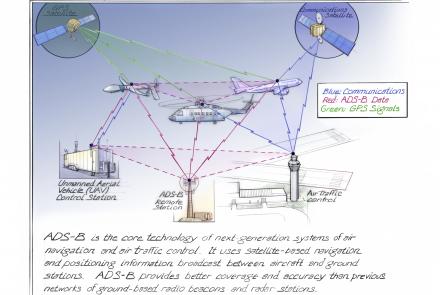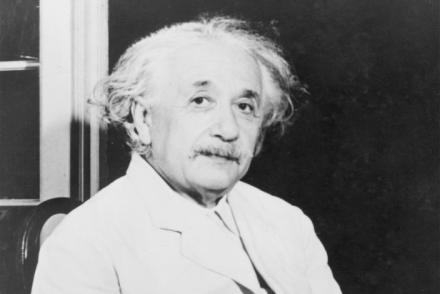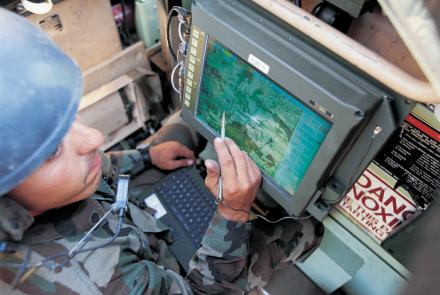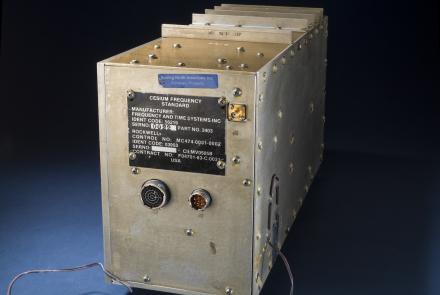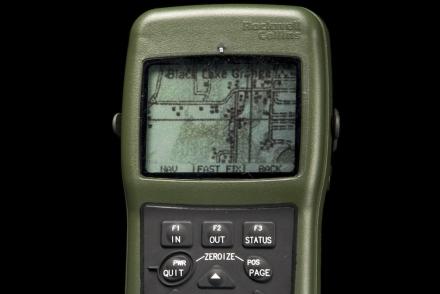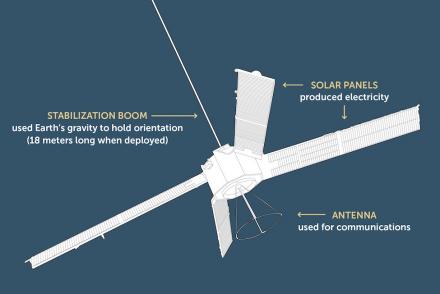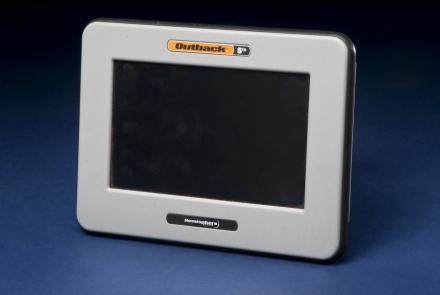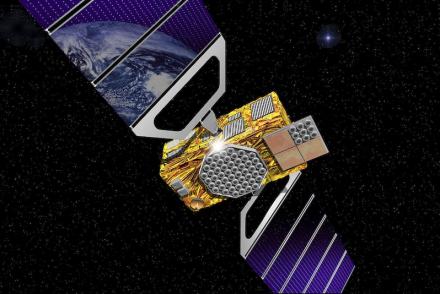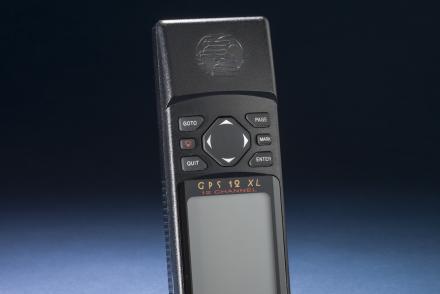Multimedia Gallery
- Search Terms: Global Positioning System
A combine, driven by farmer Tim Bardole, harvesting corn on his farm in Iowa. The combine is outfitted with a GPS guidance system.
ADS-B is the core technology of next-generation systems of air navigation and air traffic control.
The atomic clocks in the GPS system are so accurate that they take into account Albert Einstein’s understanding of time, space, and relativity.
A soldier using the Blue Force Tracker System.
This atomic clock was built for the first GPS satellites in the late 1970s.
The DAGR was an improvement on the PLGR, providing map data in a lighter hand-held device.
Transit was the first satellite-based global positioning and navigation system.
Roy Bardole used this touch-screen computer and an antenna (not shown) to receive enhanced GPS signals for working corn and soybean acreage in Iowa.
This rendition shows how a future Galileo satellite will look.
A hand-held GPS receiver that provided geographic coordinates and a graphical display.






